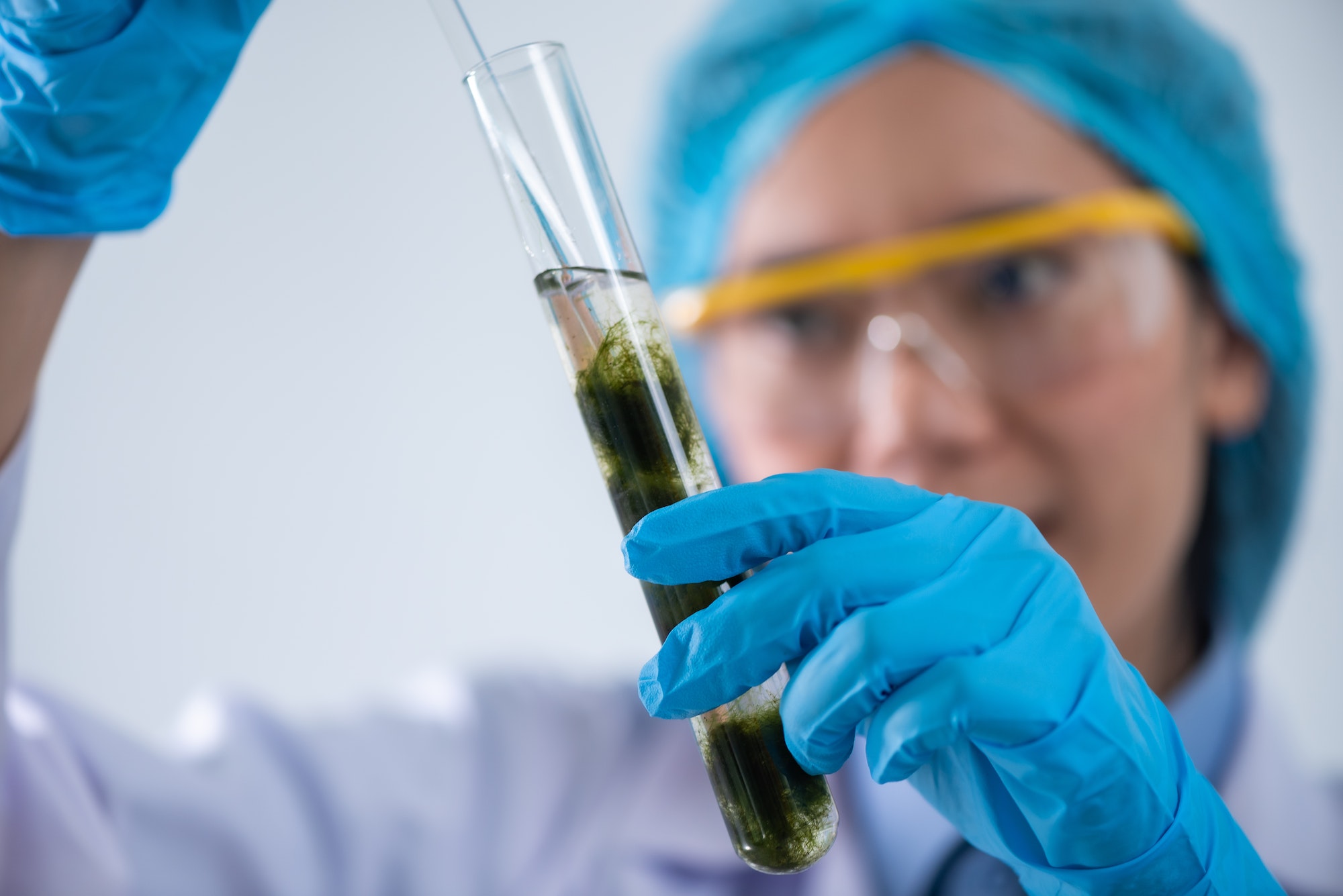Microalgae are microscopic, photosynthetic organisms that can be found in both marine and freshwater environments. These single-celled organisms have garnered significant attention in recent years due to their potential as a sustainable and renewable source of biofuels and other valuable bioproducts. As concerns regarding climate change, resource depletion, and energy security grow, the development of efficient and sustainable microalgal cultivation systems has become increasingly important.
There are several methods for cultivating microalgae, including open pond systems, closed photobioreactors, and hybrid systems. Each method has its own advantages and disadvantages, depending on factors such as the specific microalgal strain being cultivated, environmental conditions, and desired end products.
Open pond systems are the most common and simplest form of microalgae cultivation. These systems typically consist of shallow raceway ponds or circular tanks where microalgae are grown in an aqueous medium exposed to sunlight. The main advantages of open pond systems are their low construction and operational costs. However, these systems also have several drawbacks, including high water evaporation rates, limited control over environmental conditions, and the risk of contamination from other microorganisms.
Closed photobioreactors (PBRs) are more advanced systems that offer better control over environmental conditions such as light intensity, temperature, and nutrient supply. PBRs can be designed as tubular, flat panel, or vertical column configurations and are typically made from transparent materials to allow for optimal light penetration. The closed nature of PBRs reduces the risk of contamination and allows for the cultivation of specific microalgal strains with higher lipid content or other desired characteristics. However, PBRs are more expensive to construct and operate compared to open pond systems.
Hybrid systems combine elements from both open pond systems and closed photobioreactors to maximize the benefits of each method. For example, a hybrid system may involve an initial growth phase in a closed PBR to achieve high cell densities, followed by a subsequent cultivation phase in an open pond system to reduce operational costs.
Once microalgae have been cultivated, they must be harvested and processed to extract valuable bioproducts such as lipids, proteins, and carbohydrates. Harvesting methods include centrifugation, flocculation, filtration, and flotation. Each method has its own advantages and disadvantages with regard to efficiency, cost, and environmental impact.
Microalgae bioproducts play a vital role in the transition towards a more sustainable economy. One of the most promising applications of microalgae is their potential as a source of biofuels. Microalgae can produce lipids, which can be converted into biodiesel or other liquid fuels through transesterification or hydrotreating processes. These biofuels have several advantages over conventional fossil fuels, including lower greenhouse gas emissions, reduced dependence on finite resources, and improved energy security.
In addition to biofuels, microalgae can also be used to produce other valuable bioproducts such as animal feed, fertilizers, and high-value chemicals. For example, microalgal biomass can be used as a protein-rich ingredient in aquaculture and livestock feed, helping to reduce pressure on overexploited fish stocks and other natural resources. Additionally, microalgae can be used to produce biopolymers, antioxidants, and other high-value chemicals with applications in the pharmaceutical, cosmetic, and food industries.
The development of efficient and sustainable microalgal cultivation systems is essential for realizing the full potential of microalgae as a renewable source of biofuels and other valuable bioproducts. By optimizing cultivation methods and improving harvesting techniques, researchers and industry stakeholders can help pave the way for a more sustainable economy based on renewable resources and environmentally friendly technologies.


